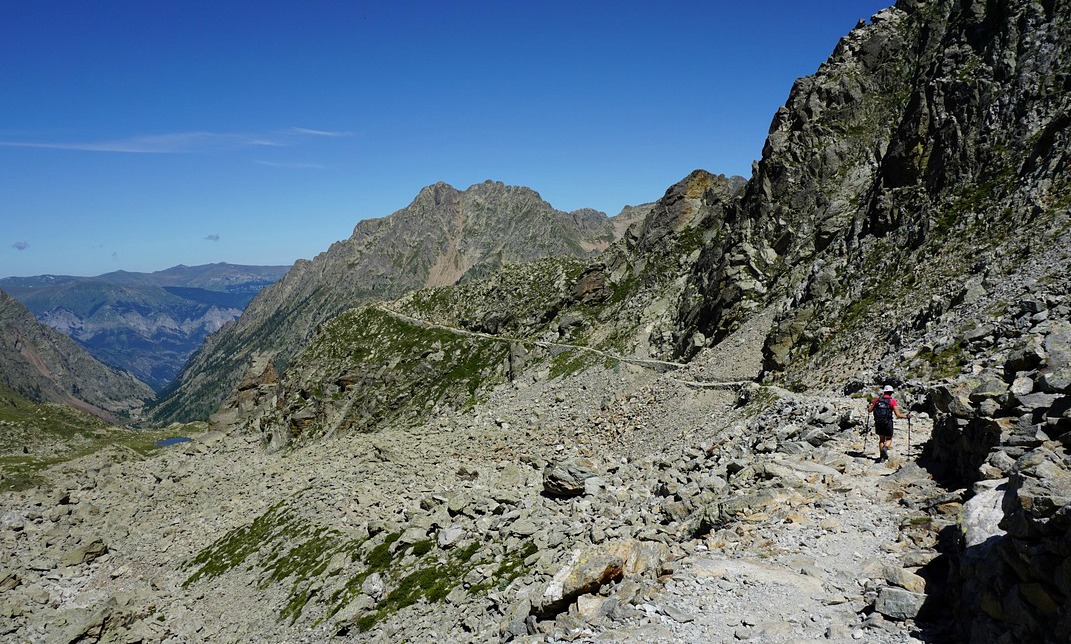Cherry tomato and cheese tart
This delicious tart is easy to prepare with ready- made puff pastry, pâte feuilletée. The French puff pastries are thin and easy to roll out into a tart tin. They are generous in size; if you use a small tart tin about 25 cm in diameter, simply cut away with scissors the extra pastry. I always choose the traditional puff pastry made with butter.
The cherry tomatoes, or other tasty tomatoes in different colours, are simply assembled fresh on top of the baked tart. But it is the pistou, basil and olive oil sauce, which really heightens the taste in this tart and makes it very South of France style.
Serve this tart with baby salad leaves and vinaigrette for a simple but tasty lunch.
4 servings
About 25 cm diameter tart tin
Butter for the tart tin
1 ready- made puff pastry, pâte feuilletée
4 eggs
120 ml crème fraîche, 15 % fat
100 g Parmesan, freshly grated
1 ball of mozzarella
1 tbsp. Maizena, corn starch
For the decoration:
About 18- 20 cherry tomatoes, halved
1 tbsp. balsamic vinegar
Fresh basil leaves
For the pistou:
1/3 clove garlic, crushed
A small handful of basil leaves
¼ tsp. salt
Freshly ground black pepper
About 3 tbsp. olive oil
Preheat the oven to 200 degrees Celsius.
Butter the tart tin and roll out the puff pastry into the tin. Cut away the extra pasty and pick the bottom with a fork.
Grate 100 g Parmesan and cut the mozzarella ball into small pieces.
In a bowl whisk the eggs, crème fraîche and freshly ground black pepper. Add the grated Parmesan and 1 tbsp. Maizena and whisk again. Add the mozzarella pieces and mix. Pour the mixture into the tart tin and bake for 30- 35 minutes.
Meanwhile make the pistou. Wash and dry the basil leaves. Crush 1/3 clove garlic in a mortar with a pestle. Add the basil leaves, some freshly ground black pepper and the salt and continue pounding into a paste. Add the olive oil to make a sauce. Wash the cherry tomatoes and cut them into halves.
When the tart is baked, let it cool for a few minutes. Then place the halved cherry tomatoes on top of the tart. Sprinkle with 1 tbsp. balsamic vinegar and the pistou.





























































